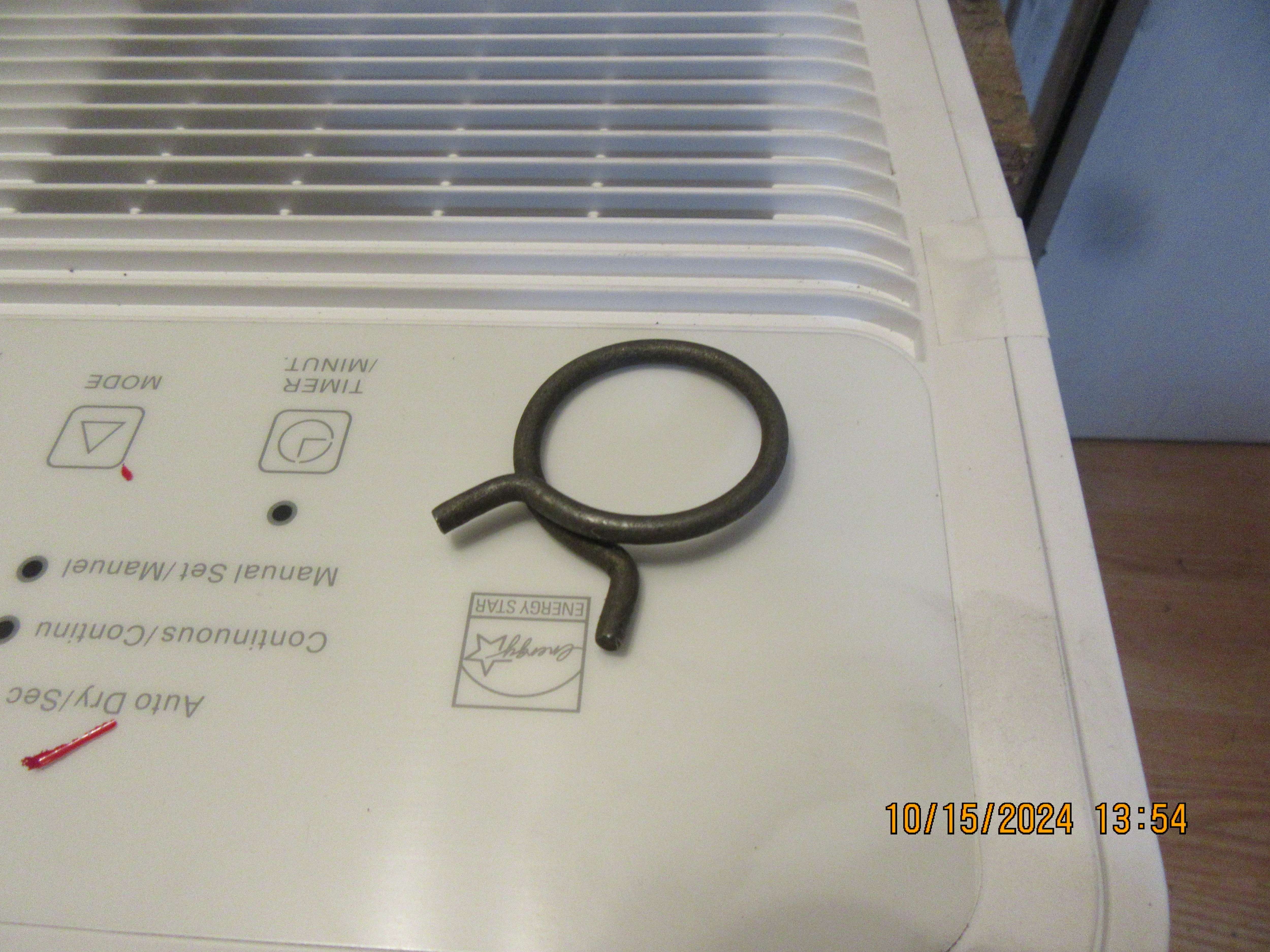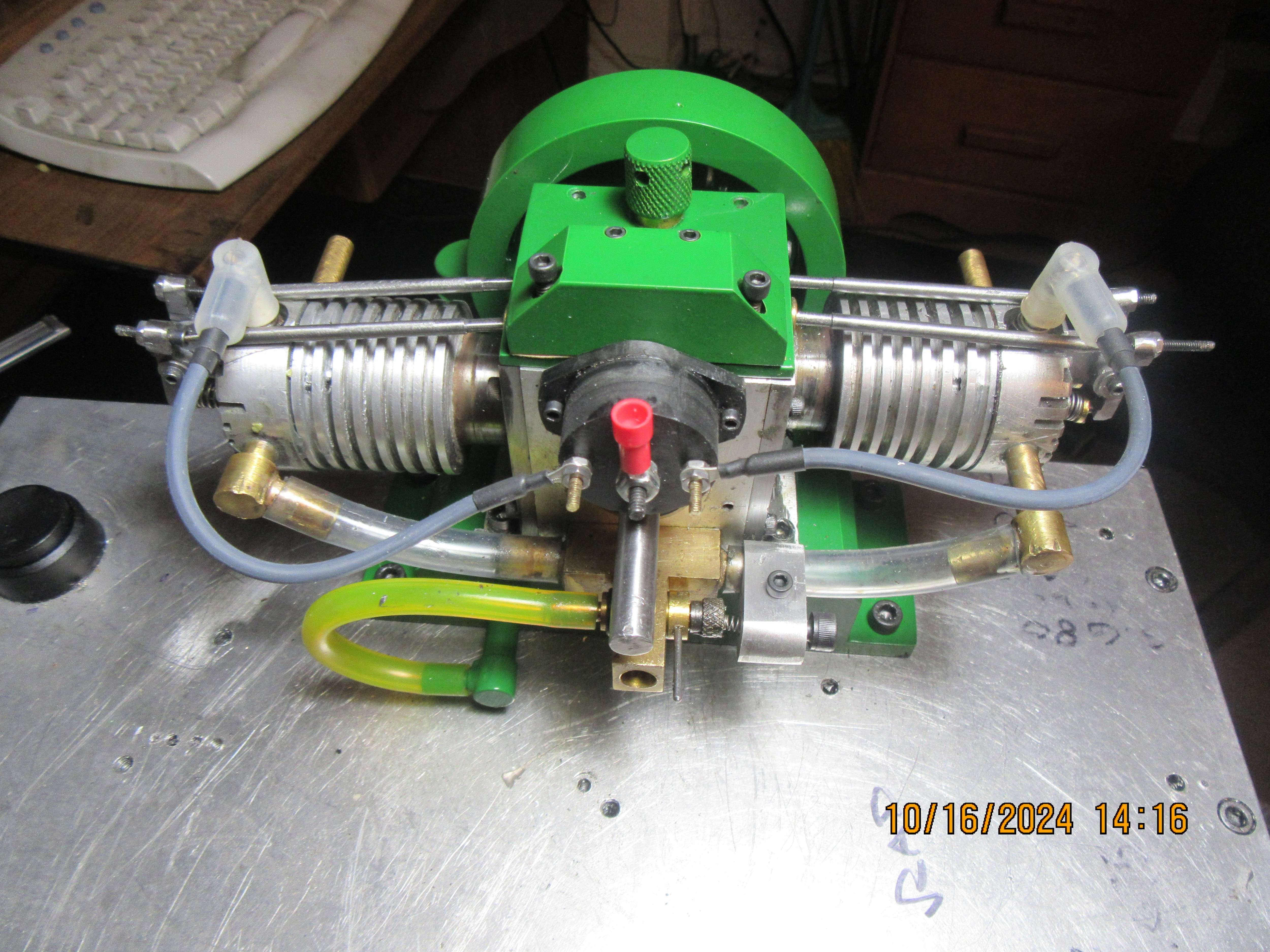Here you go Brian, that same assembly being rotated
Read the bottom right first to see what is going on with the right side cylinder then watch again to see how the rear one follows 360deg of CRANK rotation later. This is for the Bobcat based engine as I have the parts modeled. You can do the same with yours and then do it again with the Upshur arrangement and if you have it right will get the same results.
Watch it full siz eon Youtube.
two cams compared, see how the two inlets and th etwo outlets face the same way.

Read the bottom right first to see what is going on with the right side cylinder then watch again to see how the rear one follows 360deg of CRANK rotation later. This is for the Bobcat based engine as I have the parts modeled. You can do the same with yours and then do it again with the Upshur arrangement and if you have it right will get the same results.
Watch it full siz eon Youtube.
two cams compared, see how the two inlets and th etwo outlets face the same way.

Last edited:












![MeshMagic 3D Free 3D Modeling Software [Download]](https://m.media-amazon.com/images/I/B1U+p8ewjGS._SL500_.png)




![DreamPlan Home Design and Landscaping Software Free for Windows [PC Download]](https://m.media-amazon.com/images/I/51kvZH2dVLL._SL500_.jpg)














































